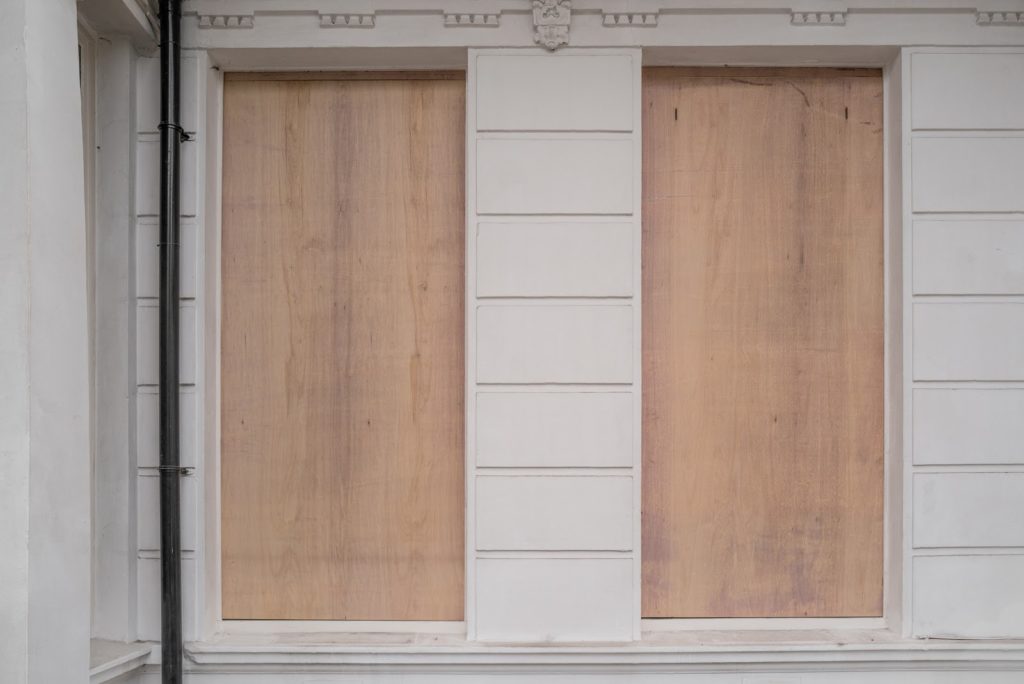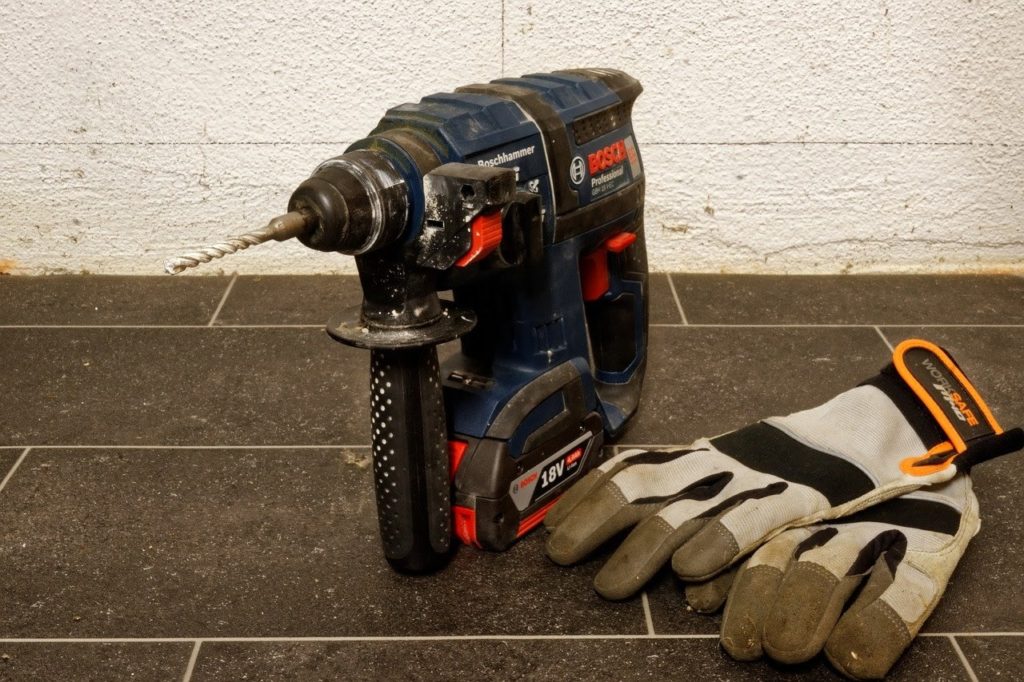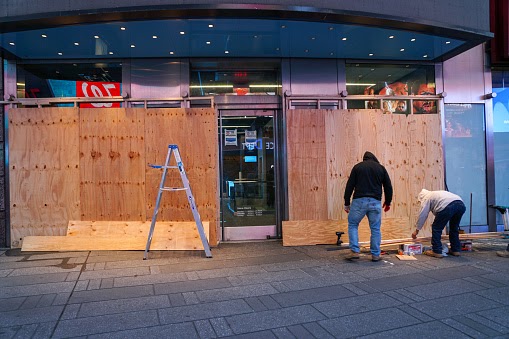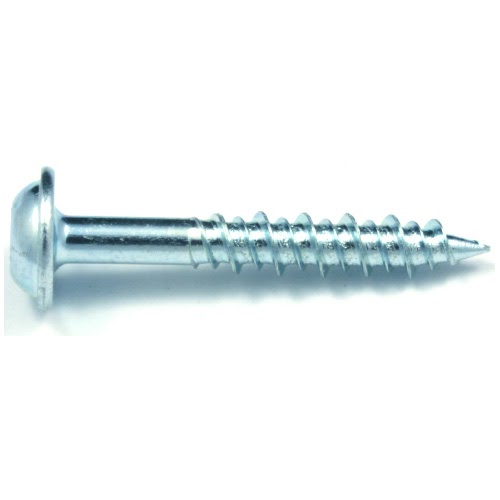Written By: Brad Campbell | February 15, 2021
Unless all your commercial building’s windows are fitted with hurricane shutters, you might find yourself using plywood to cover vulnerable glass before the next big storm.
Boarding windows with plywood for hurricane damage mitigation is an affordable, readily-available option, but it’s only effective if done properly.

Keep reading to learn some of the top recommendations from the experts on how to board up windows correctly for the best storm damage protection.
Before hurricane season even arrives, you should purchase enough boards of 5/8-inch CDX plywood to cover all your building’s windows. CDX plywood is meant for exterior uses, so it will hold up better over time after repeated exposure to weather.
Measure all your windows and pre cut the boards to fit into each one. It’s best if you can fit the boards inside the window frames, otherwise cut them so there’s a 4-inch overlap on all sides of the windows.
Now that you have your boards cut, it’s a great idea to install bolts around the frames of windows to make hanging the boards easier during storm season.

Drill pilot holes into the framing studs every 16 inches and screw 3-inch stainless steel hanger bolts 2 inches deep into the holes. Note that for concrete block buildings, you’ll have to drill holes into the masonry 2- 3 inches from the edges of the window frames.
If you can’t prepare your windows for boards with bolts, you can use screws to fix the boards over the glass when it’s time to install them, as long as the building is wood-framed.
Measure and mark the location of the bolts along the edges of the boards. Drill holes just big enough that the boards slide snuggly onto the bolts.
Then, since you can reuse these boards over multiple hurricane seasons, it’s a good idea to prime and paint the surfaces and edges of the plywood sheets with exterior-grade paint to make them even more weather resistant.
Finally, label one side or edge of each sheet with the opening it’s meant for, so you don’t waste time figuring it out when you’re preparing your property for a storm.
Hurricane experts state that you should start boarding up your property as soon as a hurricane watch is issued for your area, which occurs 48 hours before hurricane weather is expected to begin.
Your boards should already be securely in place by the time a hurricane warning is issued 36 hours before the storm is expected.

Installing the boards is at least a two-person job, so get an employee or someone else you can count on to help you get the job done.
If you already installed hanger bolts around your building’s window frames and drilled matching holes in your boards, all you have to do is slide the plywood sheets onto the bolts. Then, slide a washer over each bolt and screw wing nuts tightly over the washers to secure the boards.
If you didn’t prepare your windows with bolts, use a cordless drill or impact driver to drive galvanized pan-head screws every 12-18 inches through the overlapping edges of the boards into framing studs below.

These types of screws have flat-bottomed heads, so they won’t sink into the plywood and potentially weaken the boards. Make sure to use screws that are long enough for them to go at least 2 inches into the studs. For example, 3-inch screws should work.
Now that your boards are hung, safely wait out the storm and do the whole process in reverse to take them down after it passes.
Though plywood boards can provide sufficient protection for your commercial building’s windows during a hurricane, there are a number of reasons you should consider other, more permanent solutions.
Hurricane shutters are one of the most common commercial hurricane mitigation barriers, but they still aren’t perfect for everyone. That’s why we highly recommend installing impact-resistant windows to provide permanent, 24-hour protection against storms (and all manner of security threats).
When you want the absolute best hurricane window protection, we recommend choosing ArmorPlast® AP25. These are polycarbonate glazing shields with a glass-like surface hardness and appearance, but the unbreakable strength of polycarbonate.
If you are still interested in hurricane shutters for your business, QMI provides great options.
After reading the tips in this article, we hope you’ve gained a better understanding of how to install plywood for hurricane glass protection.
Even though this is a tried-and-true method for storm damage mitigation, it does have its disadvantages that make it an impractical solution for many business owners.
For stronger, more permanent, and more convenient glass protection, consider retrofitting your property’s glass doors and windows with impact-resistant polycarbonate panels.
Contact us today or have your local glass contractor give us a call to discuss how you can fortify your commercial building with ArmorPlast® AP25.

HOW CAN WE HELP YOU?
